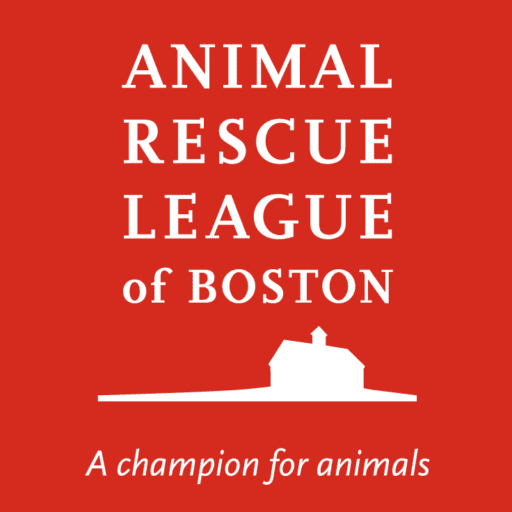Animal Testing
The Animal Rescue League of Boston believes that all animals should be treated humanely, including those used in testing of cosmetics, household products, and medicines. ARL believes that the three R’s, Reduction, Refinement and Replacement, should be utilized when creating plans for animals and testing. Created in the 1950’s by two scientists, this approach encourages reduction of the number of animals used in tests, refinement of tests to minimize and eliminate pain for animals, and replacement of animals with other materials and computer models[1].
Cosmetics and Household Products
Historically, animals have been used for testing for a variety of cosmetics and household products. These tests often require directly exposing animal’s eyes and skin to chemicals to test for irritancy. Many of the animals used for these tests are mice and rats, who are not covered by the protections of the Animal Welfare Act.[2]
Testing on animals is not required for cosmetics sold in the US.[3] There are many brands of cosmetics that have been formulated without performing new tests on animals. Technological advances have allowed for alternatives to be used when new ingredients require testing. Many of these alternatives are more accurate than animal testing, which do not always mimic human reactions to substances.[4]
Many countries have successfully banned the sale of cosmetics and household products tested on animals, with the European Union implementing a full ban in 2013.
ARL encourages individuals who are concerned about the use of animal testing for these products to do research on the cosmetics and items they buy to find out if they are tested on animals.
Biomedical Testing
The FDA has required animal testing as a step for all new medicines since 1938, following an absence of oversight over new drugs that resulted in many deaths. In late 2022, the FDA Modernization Act was signed into law.[5] Passing by overwhelming support in Congress, this removed the FDA’s over 80 year old requirement of animal test subjects for new drugs and biosimilars, and provided substantial funding for non-animal alternatives. This marks a radical change in the FDA’s approach surrounding animal testing. Removing this requiremen recognizes the advancements in technology available to not only avoid unnecessary use of animals in these tests, but also the promise of more accurate results before utilizing human subjects.
Therefore, the Animal Rescue League of Boston will:
- Advocate for increased use of alternatives when they meet or exceed the standards of animal testing
- Advocate for the humane treatment of any animals used in animal testing
View ARL’s full list of Animal Welfare Policy and Position Statements
[1] W.M.S. Russell and R.L. Burch, The Principles of Humane Experimental Technique (1959)
[2] Animal Welfare Act, 7 U.S.C. §§2131-2156; Congressional Research Service, The Animal Welfare Act: Background and Selected Issues, February 8, 2023 (accessed March 2023 at https://crsreports.congress.gov/product/pdf/R/R47179)
[3] Food and Drug Administration, Animal Testing & Cosmetics, March 2022. (accessed March 2023 at https://www.fda.gov/cosmetics/product-testing-cosmetics/animal-testing-cosmetics)
[4] Han JJ. FDA Modernization Act 2.0 allows for alternatives to animal testing. Artif Organs. 2023 Mar;47(3):449-450. doi: 10.1111/aor.14503. Epub 2023 Feb 10. PMID: 36762462.
[5] 21 USC 355
